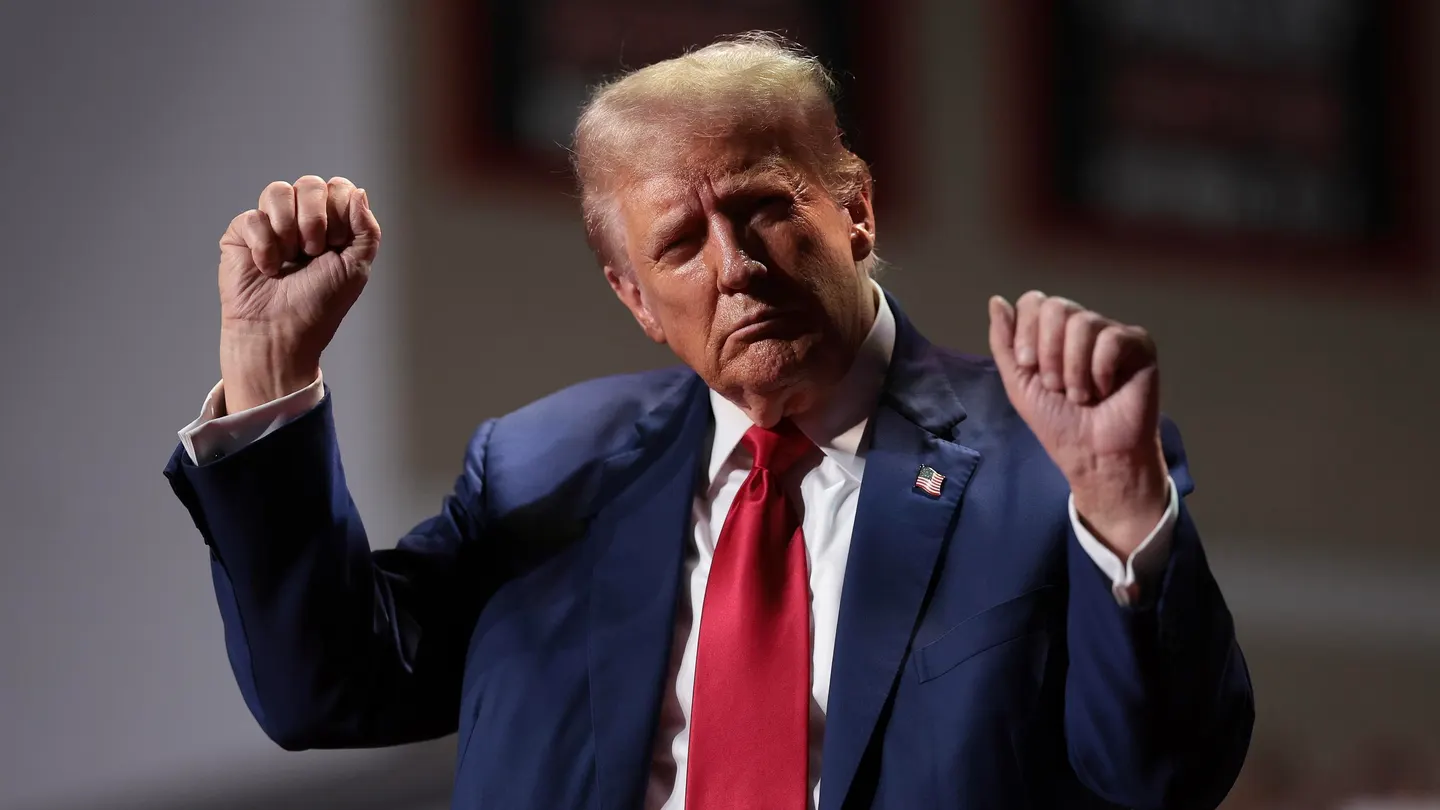Trump Retreats, Lifts Tariffs on China


Two days of high-stakes talks in Switzerland from the United States and China yielded a massive de-escalation in tariffs. The US slashed duties on Chinese products to 30% from 145% for a 90-day period, while Beijing dropped its levy on most goods to 10%.
During the pause, the U.S. will instead charge a 10% tariff on imports from China while maintaining duties it installed prior to April 2, including those enacted under Section 301, Section 232 and the International Emergency Economic Powers Act.
In return, China will also pause a matching 34% tariff on U.S. goods for 90 days in favor of a 10% duty while rescinding all other levies it has enacted on the U.S. since April 2.
The deal ended up meeting nearly all of Beijing’s core demands. The elevated “reciprocal” tariff for China, which Trump set at 34% on April 2, has been suspended — leaving America’s top rival with the same 10% rate that applies to all countries including the UK, a longtime ally that reached a deal with the US last week.
Chinese officials, influencers and state-run media on Monday were casting the initial trade agreement and 90-day tariff pause with the U.S. as a victory and a vindication of Beijing’s negotiating strategy.
Treasury Secretary Scott Bessent underscored Monday that the goal was not “a generalized decoupling from China.”
“Both sides are trying to portray it as the other was more desperate,” said Nicholas Borst, director of China research at investment advisory firm Seafarer Capital Partners. “What we saw, though, was just sort of the initial innings of economic pain.”
Tariffs on Chinese goods will be cut from 145% to 30% – initially for a 90-day period. In return, China has cut its own tariffs on US imports to 10%, from the 125% it had imposed in retaliation against the White House.
That marks a big shift in the terms of trade between the two countries since before Trump came to power, but falls far short of what was in effect a trade embargo.
The two sides have pledged to keep talking, but there was no reference in the statement put out by the White House to other gripes it has previously raised about China, including the weakness of the yuan.
There’s no assurance that businesses will be able to resume shipping all products immediately. While 30 percent is much smaller than the punishing tariffs the U.S. has imposed on China for the past month, it could still be too great a cost for some businesses, particularly if higher shipping costs soon follow.
“I think it depends upon the business, depends upon the product category. But once you start getting over 25 percent, it’s pretty significant,” said Jonathan Gold, the vice president of supply chain and customs policy for the National Retail Federation. “The higher the tariffs, the more the costs get passed along.”


